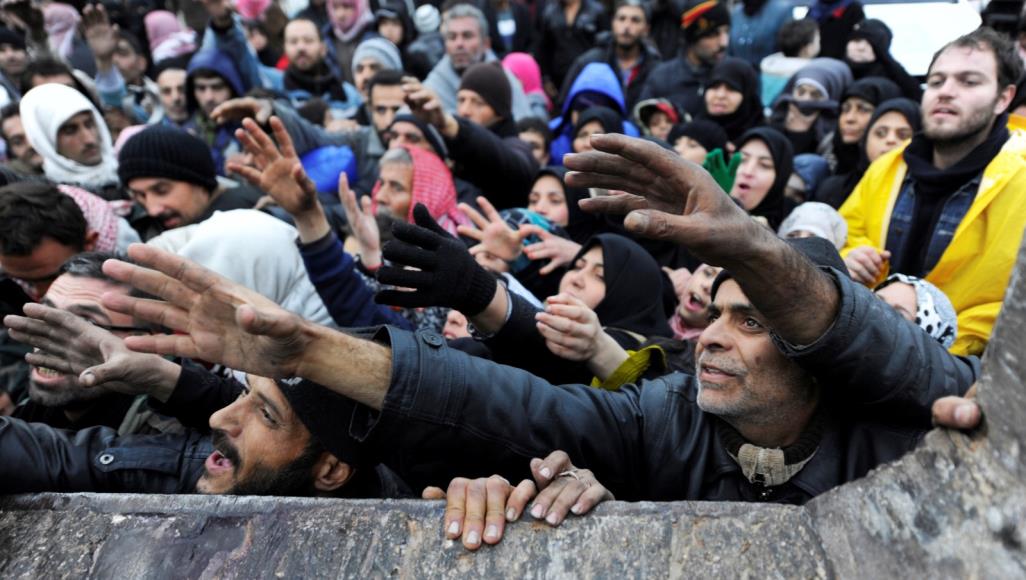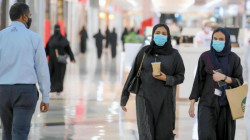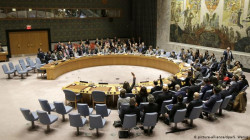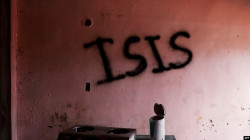One in 23 people will require humanitarian relief in 2023, UN warns

Shafaq News / The number of people who will be in need of humanitarian relief in 2023 has increased by almost a quarter in the past year, as the climate crisis, the war in Ukraine and the largest global food crisis in modern history pushes millions to the brink, the UN has warned.
A record 339 million people, an increase of 65 million on last year, will be suffering next year as a result of 2022’s “extreme events” and will be in urgent need of assistance, said Martin Griffiths, the UN’s under secretary general for humanitarian affairs and emergency relief coordinator.
The UN and partner agencies are asking donors for $51.5bn to fund the relief effort, another record figure and a 25% increase on the beginning of 2022. They say while most donors have remained relatively generous, the needs have ballooned.
The Russian invasion of Ukraine, which has forced millions from their homes and destroyed basic health facilities, hugely exacerbated a wider food crisis for many countries – such as Somalia, Afghanistan and Yemen – that were also grappling with the devastating impact of their own internal conflicts and global heating. In Pakistan, widespread flooding was described by the UN secretary general, António Guterres, as a “monsoon on steroids”.
Speaking on Wednesday as he presented the UN’s 2023 global humanitarian overview (GHO), Griffiths said: “There’s no doubt that 2023 is going to perpetuate these ‘on steroids’ trends [particularly in climate crisis].”
The figure of 339 million – or one in 23 people – was, he added, “equivalent to the third most populous country in the world [after China and India], so it’s a phenomenal number, and it’s a depressing number”.
Those projected to be in need of assistance are spread over 68 countries, but in 10 of them, where the UN has unveiled humanitarian relief plans costing more than $1bn, the needs are particularly high. They include Afghanistan, Syria, Yemen, Ukraine, Ethiopia, the Democratic Republic of the Congo and Somalia, which is teetering on the brink of famine.
The UN and partners want to be able to reach 230 million of those in need, with hopes that other organisations and bilateral donors will cover the remaining 109 million. But funding is a main concern: this year’s humanitarian relief efforts only received 44% of the resources needed.
Griffiths said that was not the fault of donors, most of whom (though not the UK) had maintained levels of aid spending. The problem, he said, was the sheer scale of the multiple and interlocking crises faced by such a large proportion of the world’s population.
“The generosity of a few member states – and there should be more – is being sustained. The [funding] gap is because of the needs, not because of the funding, and the needs are going up because we’ve been smitten by the war in Ukraine, by Covid, by climate. And I fear that 2023 is going to be an acceleration of all those trends,” he said.
In the GHO, the UN warns that at least 222 million people in 53 countries will face acute food insecurity by the end of this year, and that 45 million people in 37 countries risk starvation. Public health infrastructure is under pressure due to the continued threat from Covid-19 but also resurgences of cholera and other diseases, it adds.
“For people on the brink, this appeal is a lifeline. For the international community, it is a strategy to make good on the pledge to leave no one behind,” said Griffiths.
(The Guardian)





